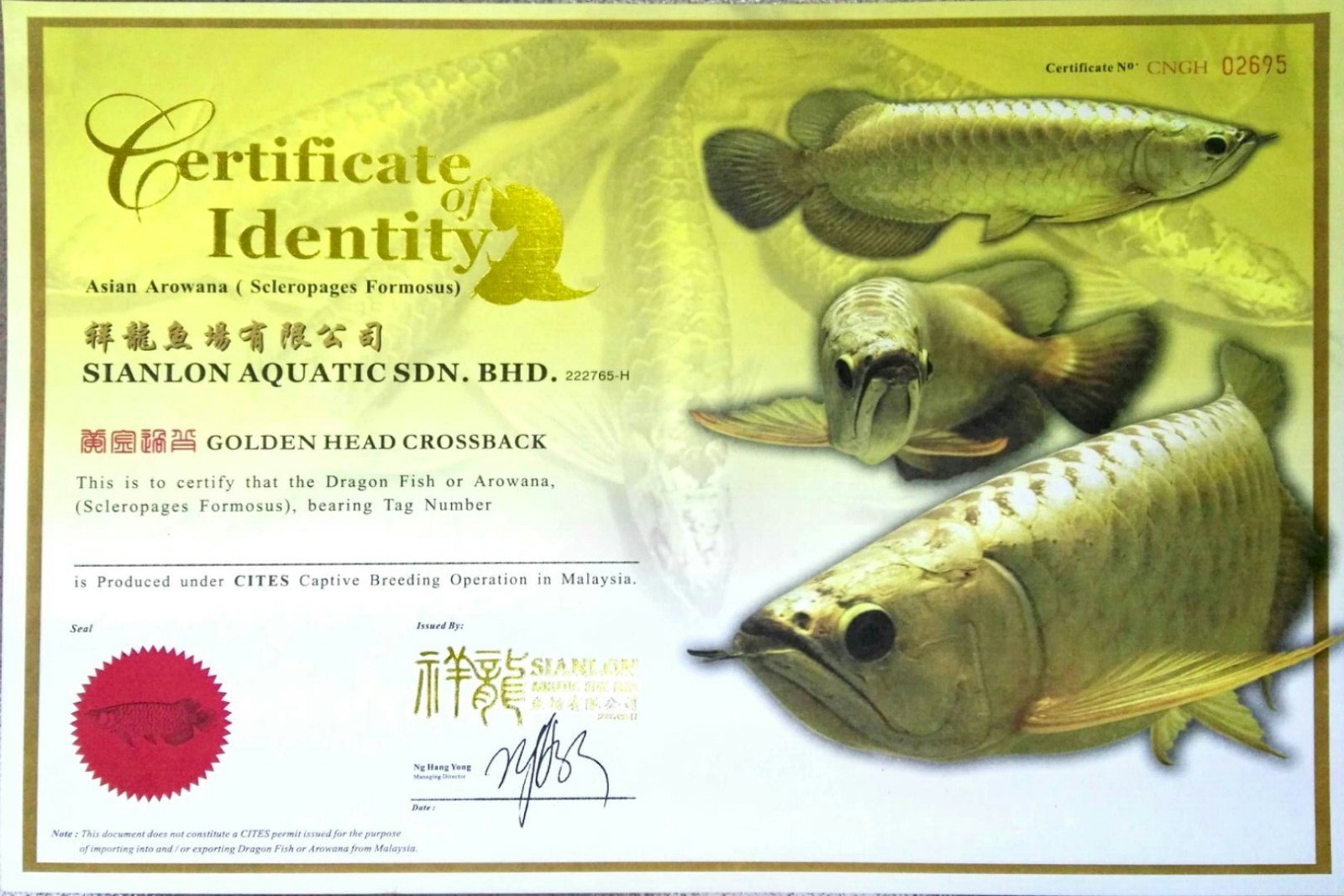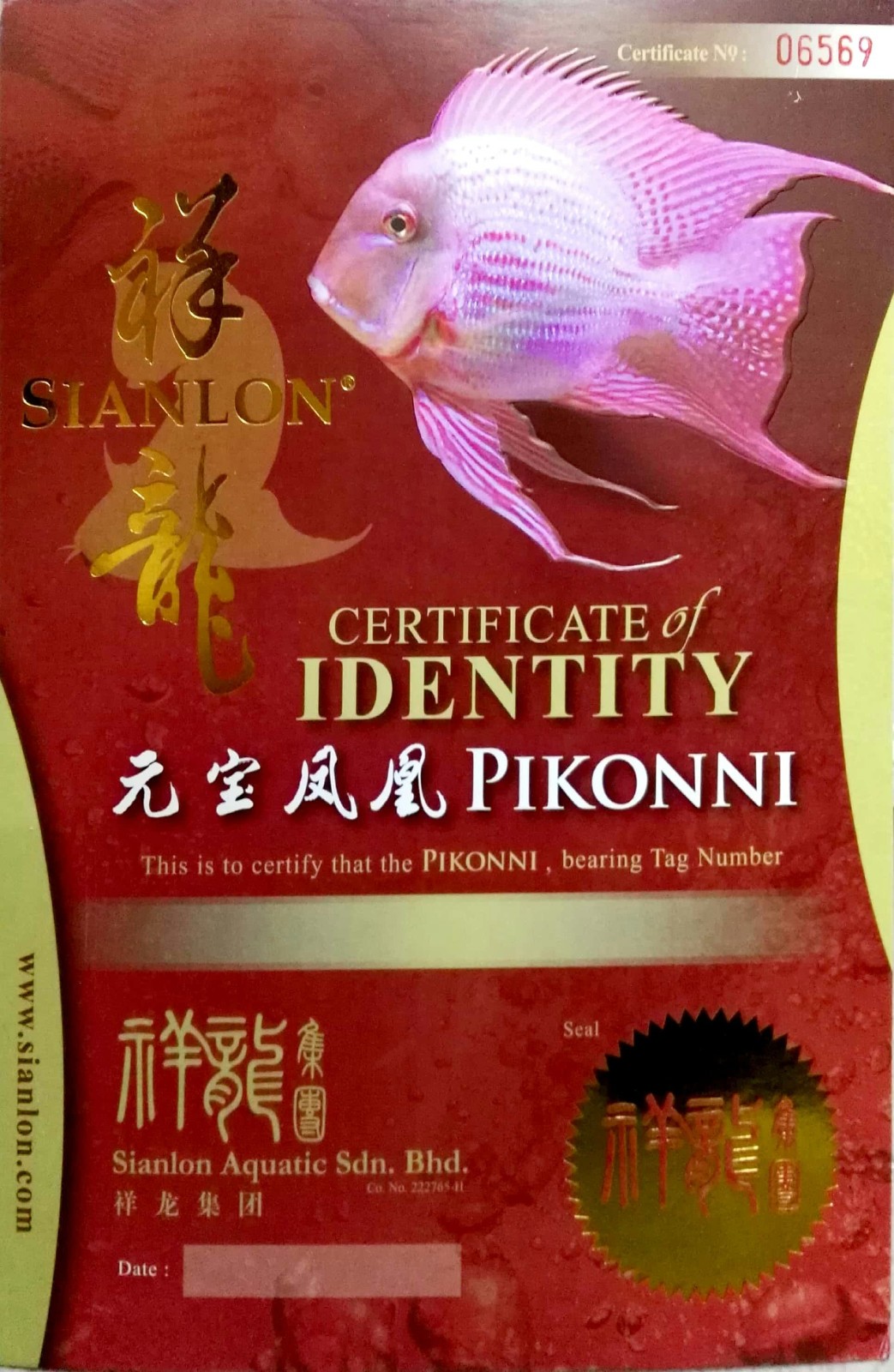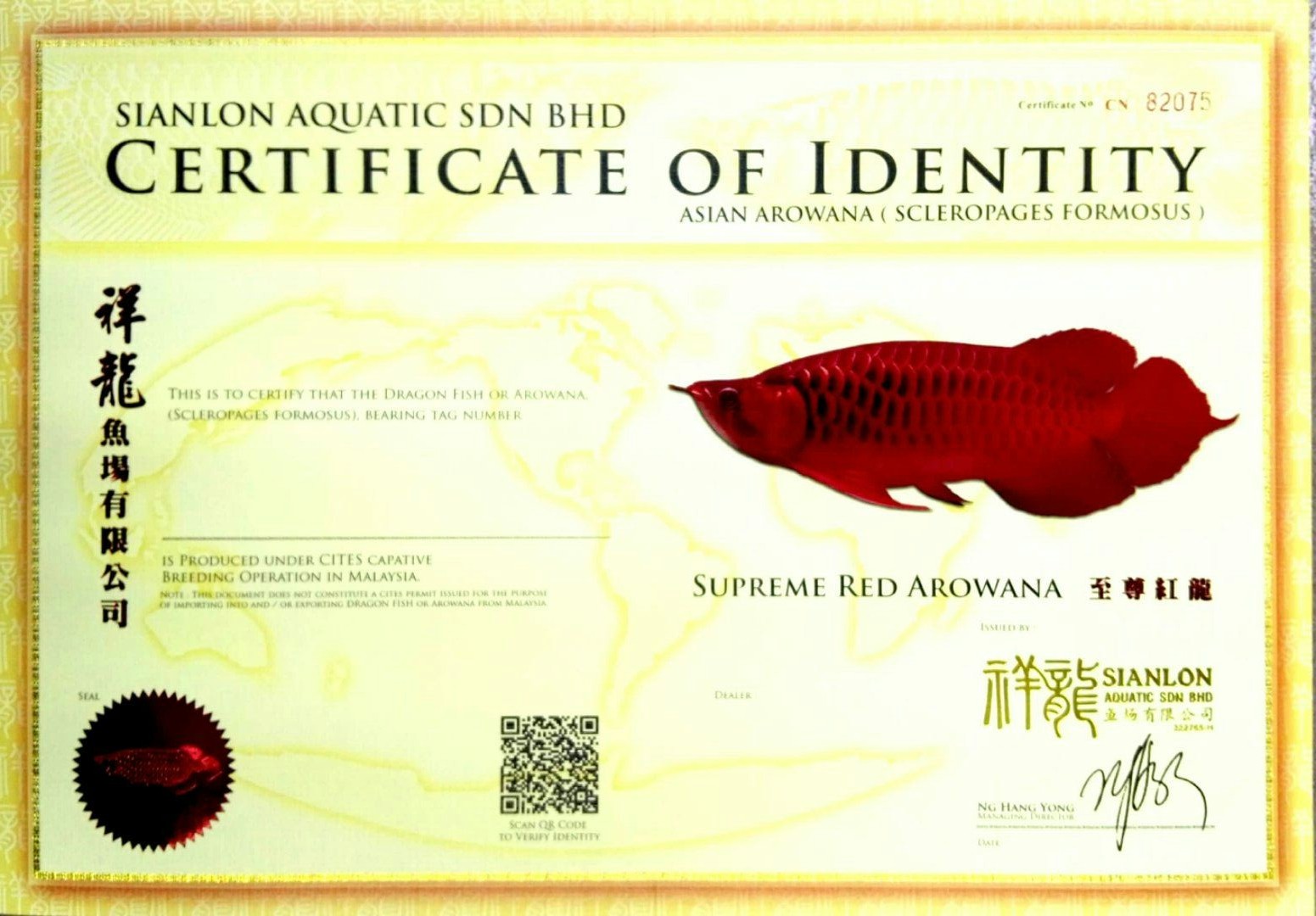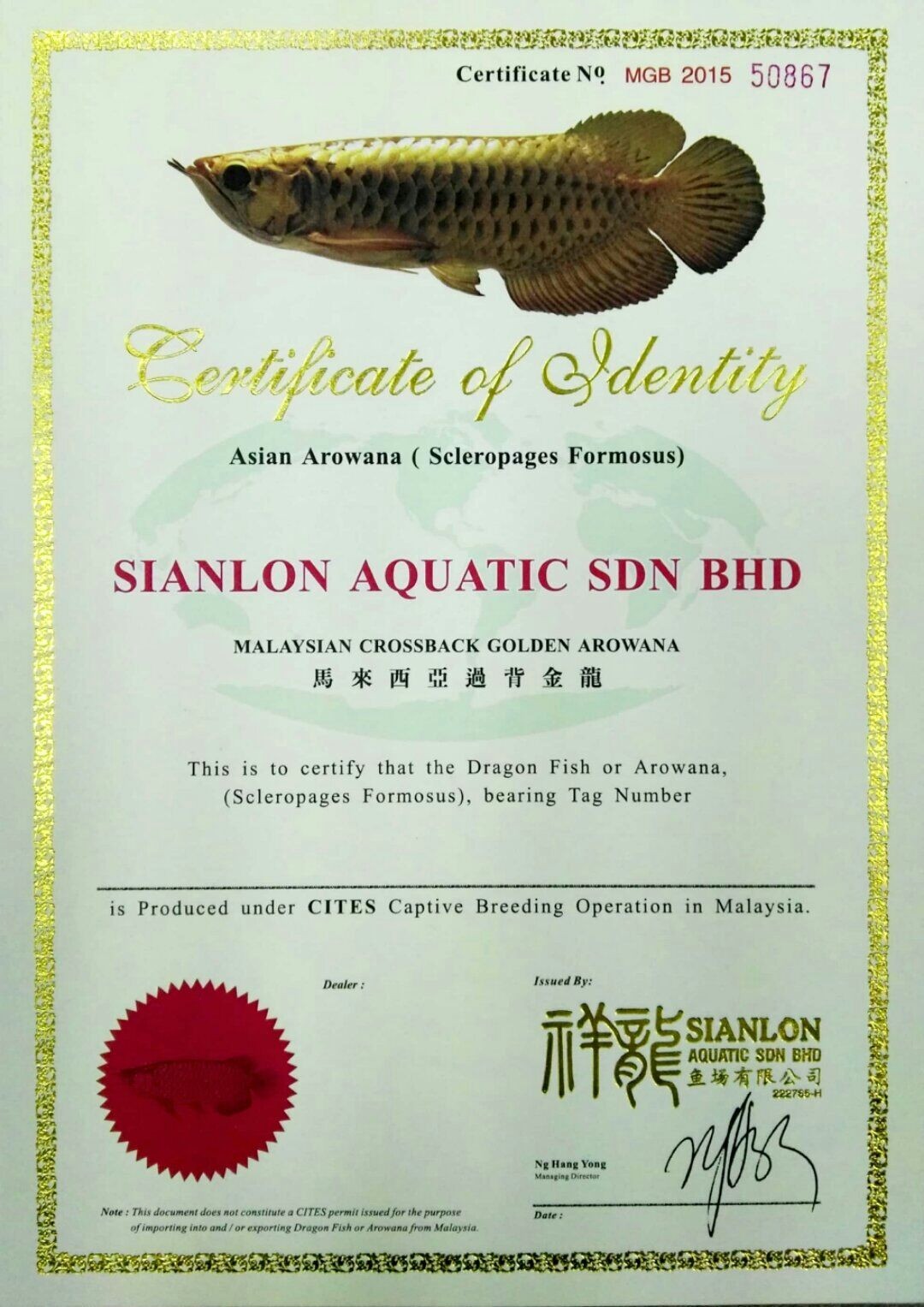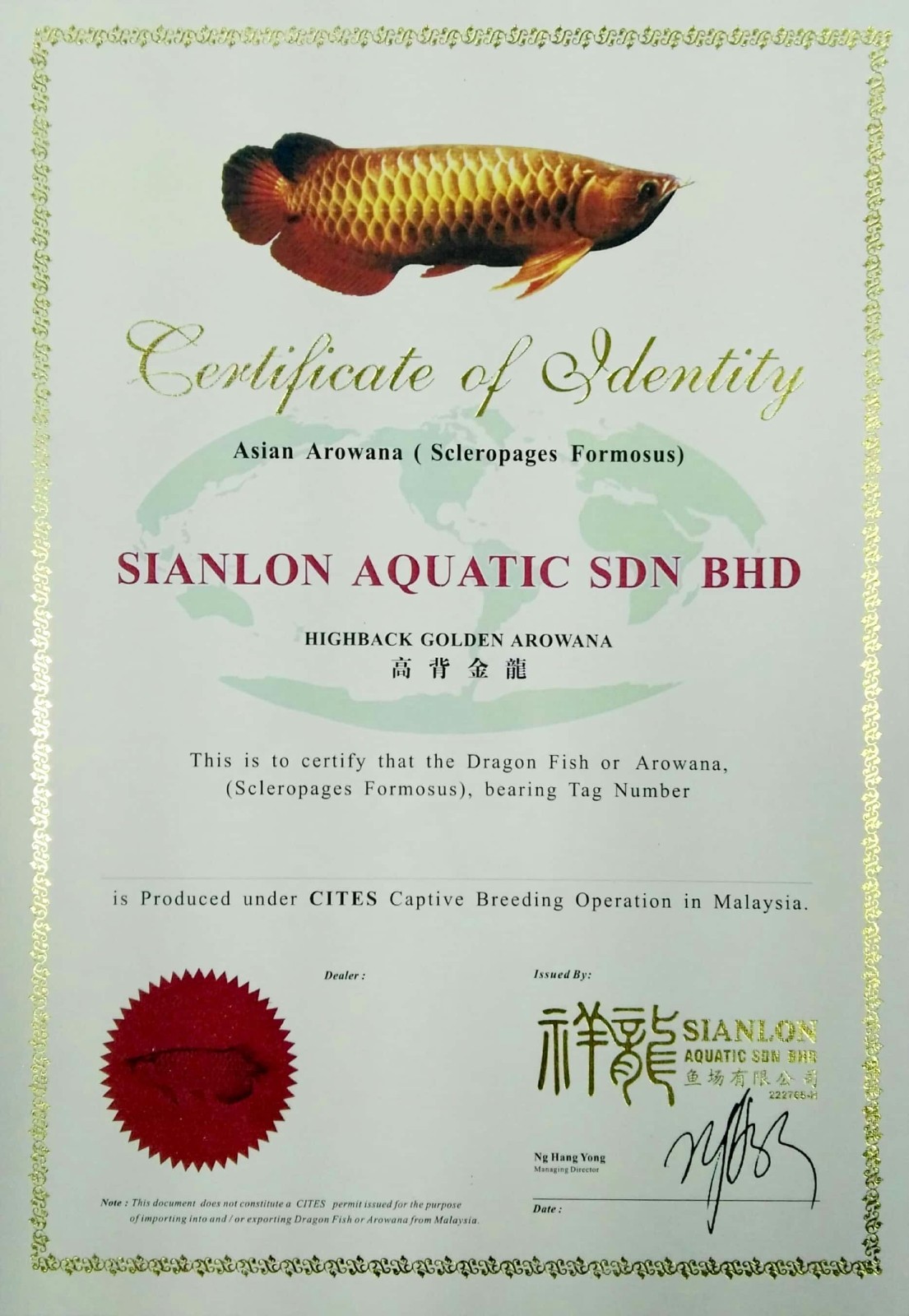Beautiful hard footed tongue fish (scientific name: Scleropages formosus): also known as Asian arowana and Golden Arowana. Is an ancient primitive freshwater fish. It is native to rivers and lakes in Malaysia, Indonesia, Sumatra and other places.
Adult fish is 50-65 cm long, up to 102 cm at most, and its life span can reach decades. Fierce temperament, mainly hunting live fish and shrimp, aquatic insects, frogs, etc. The adult fish lays the eggs in the mouth until the young fish hatch, so it has the common name of "dragon spits beads". Since the middle of the 20th century, it has been developed into an ornamental fish. It has attracted much attention because of its shiny metallic scale like armor, bright light color (gold, red, etc.) and majestic appearance. Its value has risen to tens of thousands of currency value. It has become one of the most precious ornamental fish, including Golden Dragon, red dragon, green dragon and so on. Endangered due to over exploitation of resources, it is listed in Appendix I of the protection list of Washington Convention (CITES).
Chinese Name: Asian arowana, alias: green dragon, yellow tailed golden dragon, Asian Dragon spitting beads, Latin name: Scleropages formosus, phylum of zoology, chordate, subphylum of vertebrates, subphylum of teleosta, new fin subphylum, Osteoglossidae, Osteoglossidae, Osteoglossidae, genus, species, nomenclature and age of M ü ller & Schlegel, 1844 synonymous scientific name Osteoglossum formosum m ü ller & Schlegel, 1840 Spanish name PEZ Leng ü ihueso malayo protection level endangered (EN) IUCN standard [1]
水族龙鱼分类图
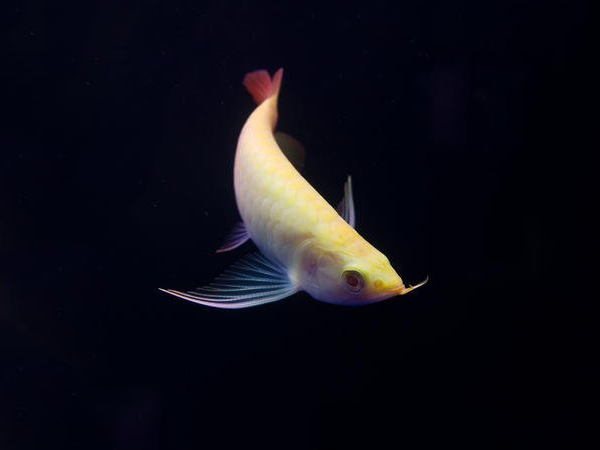 水族龙鱼分类图
水族龙鱼分类图
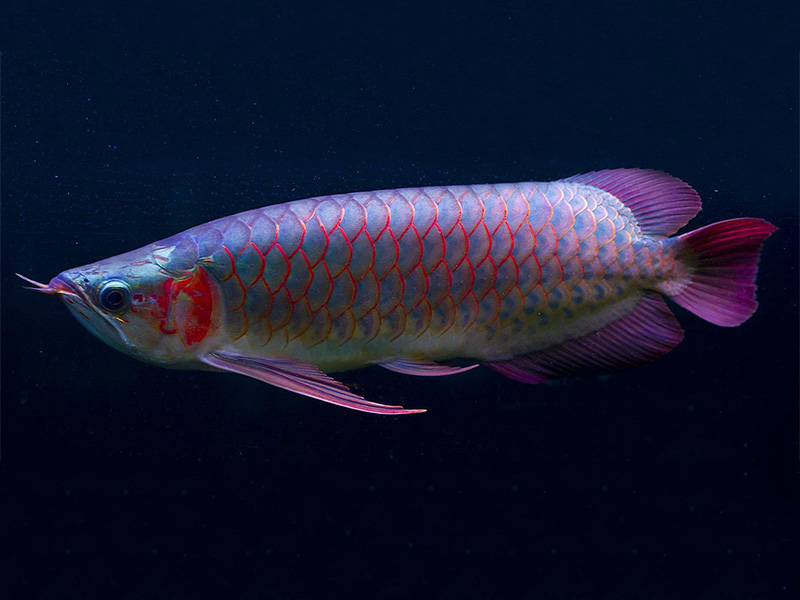
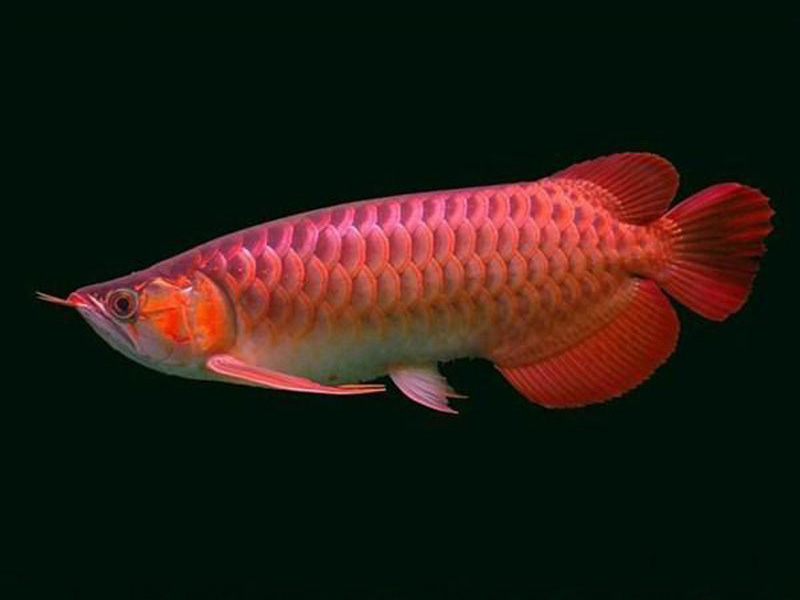
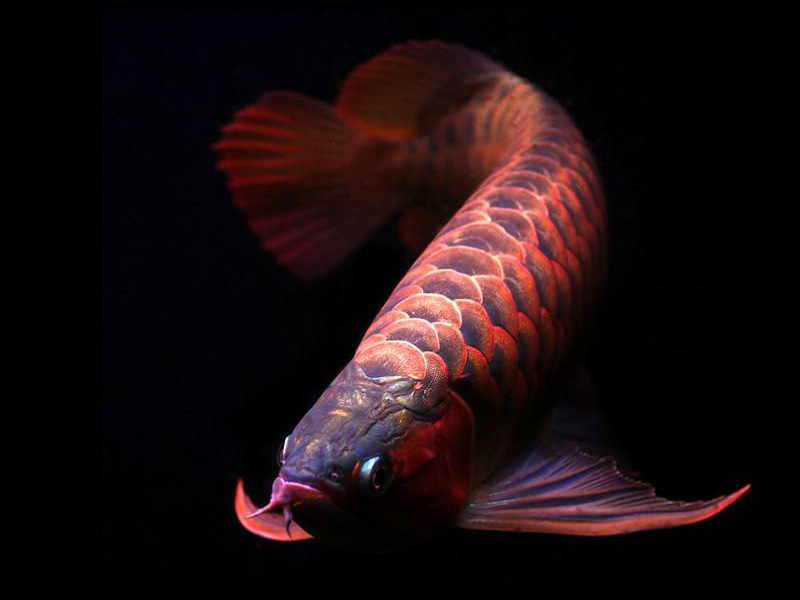

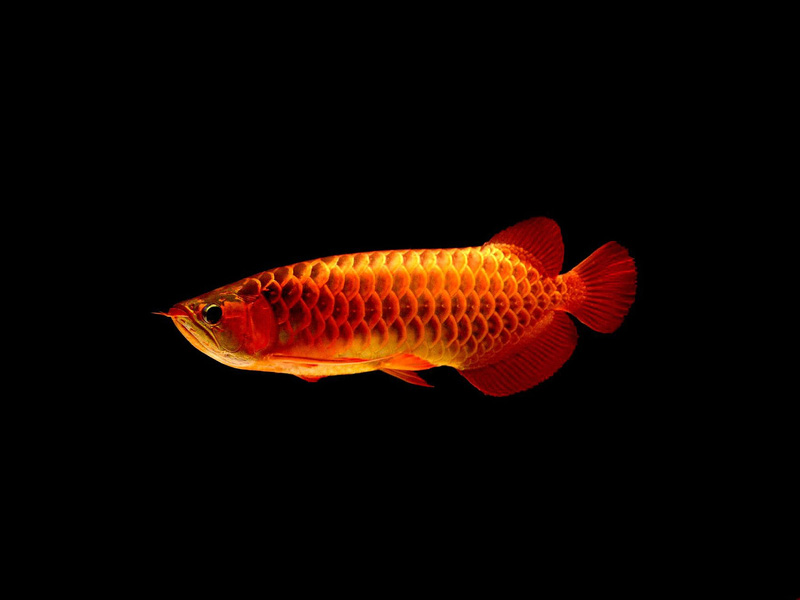
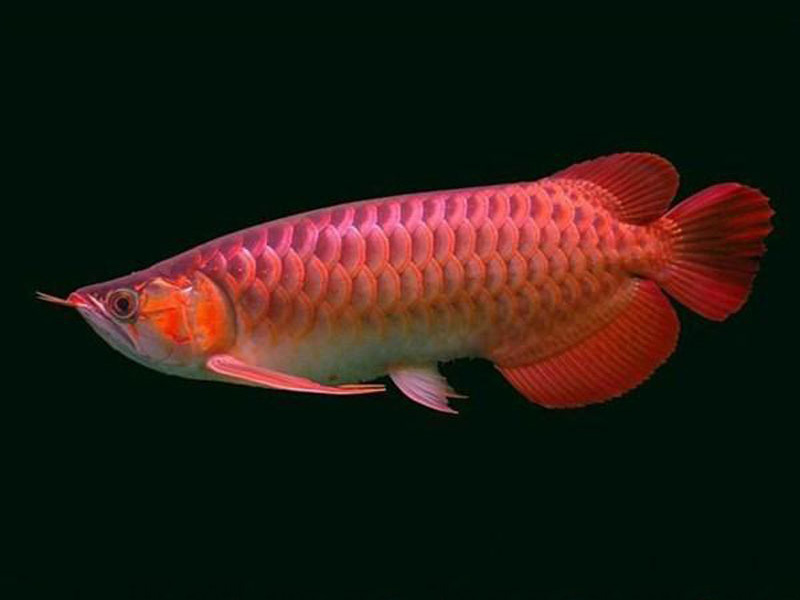
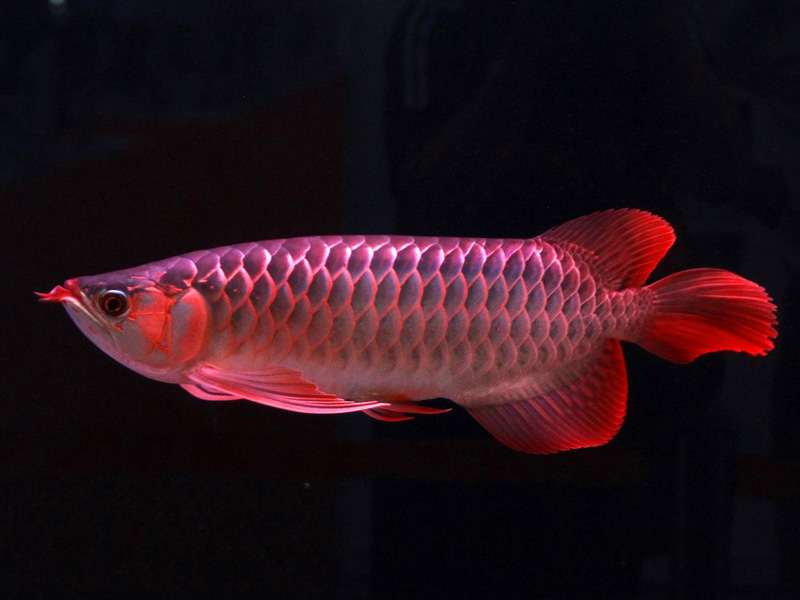


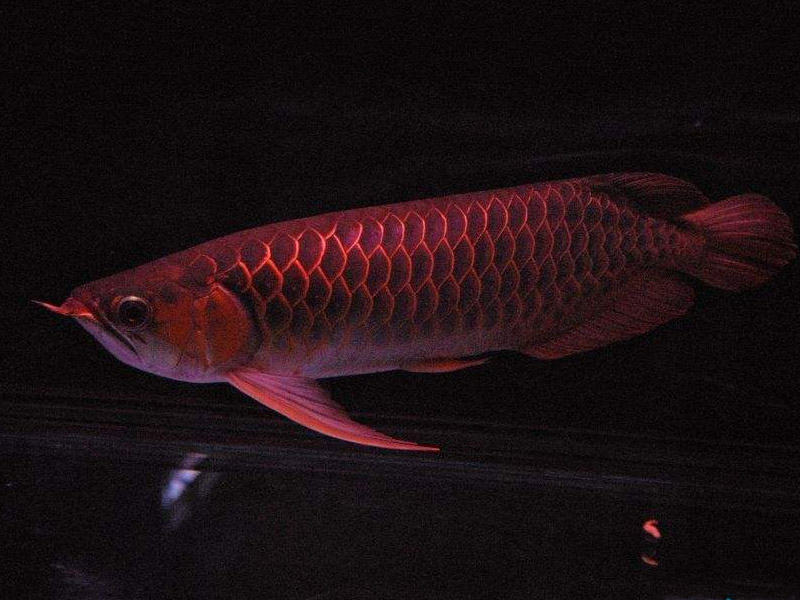
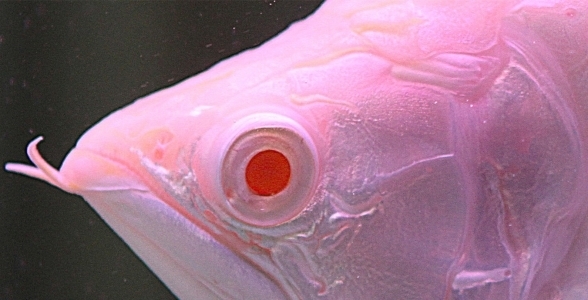
catalogue
1. Species traceability
2 Morphological Characteristics
3 species definition
4 main varieties
5 distribution range
6. Population status
7 protection level
8 feeding method
▪ Water quality mediation
▪ New fish into the tank
▪ daily management
▪ Fish tank size
▪ Illumination time
▪ Filtering method
▪ Timely feeding
▪ Breeding density
▪ Breeding method
▪ Water quality management
9 cultural connotation
Species traceability editing voice
As far as the Archaean Carboniferous 3.5 million years ago, arowanas belonging to the Osteoglossidae family began to exist. Osteopharyngeal fish family is the only freshwater fish family found on both sides of Wallace line. 140 million years ago, arowanas migrated to Asia and the Indian subcontinent. The movement of the earth's crust gradually distributed them to all continents of the world. [2]
Arowana is called "arowana" in the country of origin. The Chinese pronunciation is "arowana". The Chinese name is "hard footed tongue fish", which is transliterated from the Spanish "PEZ Leng ü ihueso malayo". PEZ (footman) "means" fish "in Spanish, and" Leng ü ihueso "means" long tongue ". Its scientific name" Scleropages "means tongue and hard pharynx.
Arowana, belonging to the family Osteoglossidae, is a large freshwater fish. It existed as early as the ancient Carboniferous. The discovery of the fish began in 1829 in the Amazon basin of South America. At that time, it was led by the American ichthyologist Dr. Vandell It was named. In 1933, the French ichthyologist Dr. prugelan found another red arowana in Saigon, Vietnam. In 1966, the French ichthyologist Bulan and dopton found another species of arowana in Phnom Penh. Later, experts and scholars from some countries found other arowanas in Vietnam, Malaysia Peninsula, Sumatra, Banga Island, Borneo and Thailand in Indonesia Therefore, arowana is divided into Golden Arowana, orange red arowana, Golden Arowana, platinum arowana, Green arowana and silver arowana. The real introduction of arowana into aquariums as ornamental fish began in the United States in the late 1950s and gradually became popular all over the world until the 1980s. [3]
The whole body of arowana is glittering with cyan light. The large round scales shine pink after being irradiated by light, and each fin also presents various colors. Different arowanas have different colors. For example, the scales of young red arowana in Southeast Asia are small red, white and reddish. When they grow up, the edge of gill cover and gill tongue are dark red, and the scales are glittering; the edge of scales of golden dragon, platinum dragon and green dragon They are golden yellow, white gold and cyan respectively, among which those with purplish red patches are the most precious. The main characteristics of this family of arowana are that its swim bladder is mesh shaped and often has supragill organs. [3]
Morphological feature editing speech
The beautiful bony tongue fish is named "dragon fish" because of its large and flat body, its trunk covered with large and neatly arranged shining scales, its large mouth and two tentacles at the corner of its lip. It looks leisurely when swimming and looks like the "dragon" in myth. It still retains the body characteristics of ancient times and is known as the "living fossil of fish" It is an ancient freshwater fish population with whiskers on the lower jaw, flat body and ribs on the abdomen.
The young fish is characterized by a blue green background and a light red with a golden fine frame. After growing up, the light meridional scale frame will change into golden yellow, and the scale bar on the golden blue or green background will reach the fifth row of scales and cross the whole dark green back. The difference from the red hair gold is the difference between the angry part and the hip fin in addition to the scales, and the upper half of the back and tail fin should show dark blue.
It is golden and has five layers of scales, similar to gold bars. It is very popular with Chinese businessmen, mainly for its auspiciousness. In addition, Golden Arowana has several different color variants: "red arowana", "Green arowana", "yellow tailed arowana", etc. [4]

